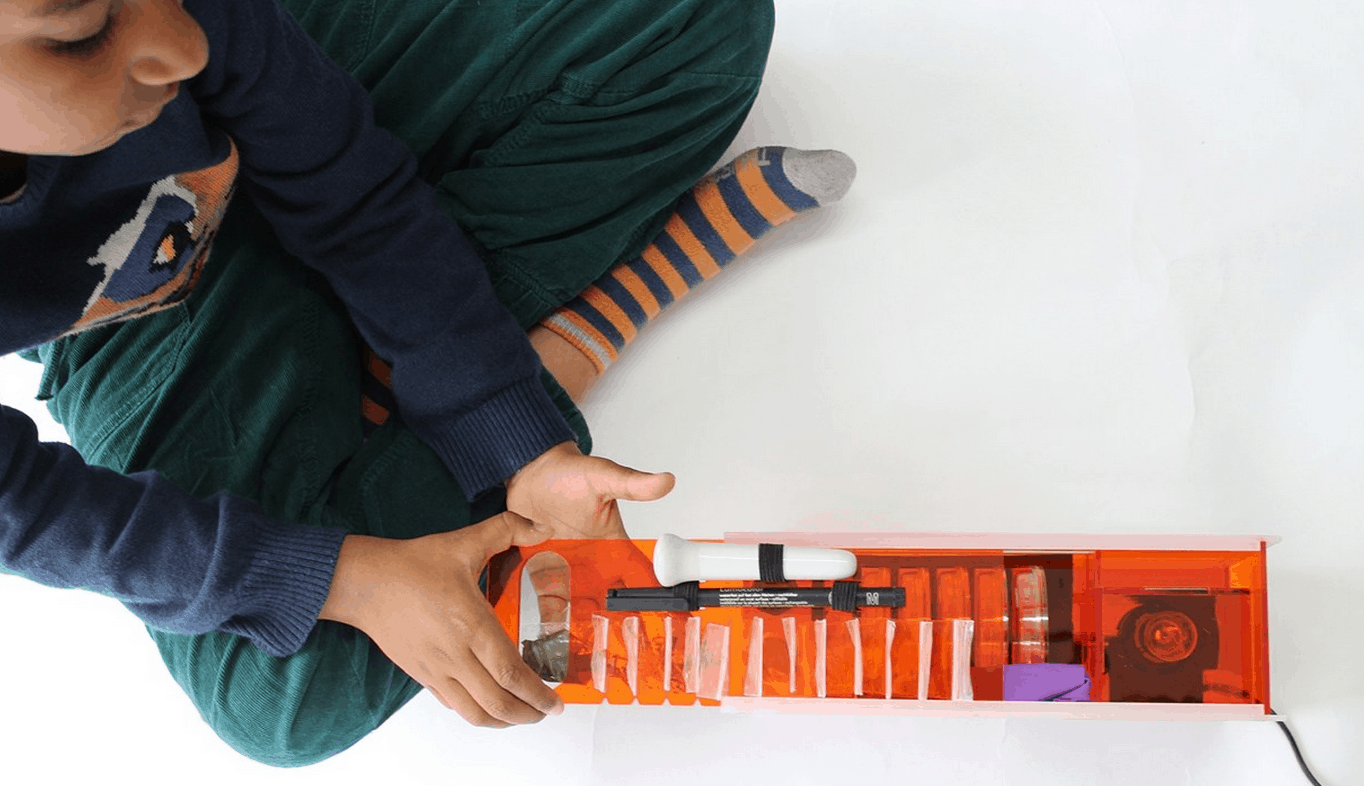October 02, 2015

A weekly roundup of news on drug resistance and other topics in global health.
The September issue of GARPNet News, the newsletter of the Global Antibiotic Resistance Partnership, is now available online. Featured in the issue is the release of CDDEP’s State of the World’s Antibiotics, 2015 report and relaunch of ResistanceMap, as well as the GARP-Uganda situation analysis launch. Sign up to receive the bi-monthly newsletter on global antibiotic resistance and GARP projects here. [CDDEP]
The inaugural meeting of the President’s Advisory Council on Combating Antibiotic-Resistant Bacteria (CARB) was held this week in Washington, D.C. Items discussed at the meeting included the role of international collaboration in antibiotic resistance prevention, surveillance and control; development of rapid diagnostic testing; and implementation of the U.S. National Strategy for Combating Antibiotic-Resistant Bacteria. CDDEP Director Ramanan Laxminarayan is a voting member of the Council. [U.S. Department of Health and Human Services]
“[T]here has been little action from the government to prepare and a lot of scrambling to respond.” CDDEP Director Laxminarayan was interviewed for a story in Deutsche Welle on New Delhi’s dengue outbreak and potential responses from the Indian government. He commented that the seasonal risk of dengue can be anticipated based on established models, and that the Indian government was not adequately prepared for the outbreak, which has spread in the region due to population migration, rapid urbanization, poor sanitation and poor public health infrastructure. [Deutsche Welle]
Researchers have identified a gene that reduces risk of life-threatening malaria in children by more than 30 percent. A consortium of researchers in Asia, Africa and other malaria-endemic regions, known as the Malaria Genomic Epidemiology Network (MalariaGEN), mapped the genomes of more than 20,000 children from eight populations in The Gambia, Kenya, Malawi, Burkina Faso, Cameroon, Mali and Tanzania. They identified a gene—a “novel locus of resistance to severe malaria,” reported in a paper in Nature—that was associated with 33 percent protection against severe malaria. The reduction was greatest in Kenyan children, where those with the gene had a 40 percent lower chance of severe malaria. [The Washington Post, Nature]
The United Nations has announced its Sustainable Development Goals (SDGs) for 2030, including mention of antibiotic resistance. The 17 SDGs have been adopted by 193 countries as the development agenda for the next decade and a half, following on the well-known Millennium Development Goals that end in 2015. ReAct (Action on Antibiotic Resistance) commented, “If not considered a priority, the issue of antimicrobial resistance could mean the undoing of all the progress made under the Millenium Development Goals.” [ReAct]
A New York Times editorial argues that a serious international commitment is needed to build on the successful reduction of the global malaria burden. The editorial commended international efforts to reduce malaria incidence and mortality, and noted that the recently announced United Nations and Bill & Melinda Gates Foundation goal of global malaria elimination by 2040 is “very optimistic,” but not unrealistic: “Even if big advancements cannot be achieved in that time frame, there is every reason to believe that the world can further reduce infections and deaths from malaria in the next 25 years.” [The New York Times]
The presence of just four types of gut bacteria may predict whether children will develop asthma. Children with low levels of Lachnospira, Veillonella, Faecalibacterium, and Rothia bacteria at 3 months of age had early indicators of asthma at age one year. When fecal samples from children with low levels of those bacteria were introduced into bacteria-free mice, those mice developed early signs of asthma. When the mice were then colonized with the four bacteria, their risk of asthma fell. The study authors hope the research will lead to earlier identification of children at risk of asthma and better treatment. [Science News, Science Translational Medicine]
“What if the next antibiotic was in our own backyard?” An Indian company has developed a “pop-up lab and testing kit” for ordinary citizens—including children—to search for potential antibiotics anywhere they go. The kit, developed by an entrepreneur with a background in industrial design, will be paired with an app to allow samples with antimicrobial properties to be shared in the company’s open-source platform. [Wired UK, Post/Biotics]
CDDEP is currently hiring Research Analysts in New Delhi and a Research Admin Assistant and Communications Intern in Washington, D.C. For more information and to apply, visit Working at OHT.
Want to share interesting news via the digest? Email [email protected].
Image via Post/Biotics.











